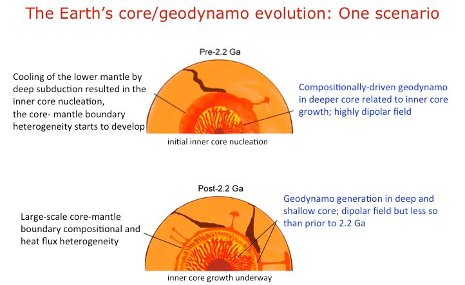Labeled as 'cultured meat' by scientists, new meat grown in laboratory Petri dishes utilizing animal stem cells may soon be coming to a grocery store near you - and perhaps even your dinner plate.
Scientists and advocates are pushing the new meat as a method of tackling world hunger, savings the lives of animals, the environment, and conserving resources.
The cost of creating the meat, however, is quite outlandish. The first Petri dish hamburger will cost around 250,000 euros to create, according to Mark Post, a vascular biologist at the University of Maastricht in the Netherlands.
Post hopes to unveil the human-made hamburger soon, making way for the mainstream creation of synthetic meat products.
'The first one will be a proof of concept, just to show it's possible,' Post told Reuters in a telephone interview from his Maastricht lab. 'I believe I can do this in the coming year.












